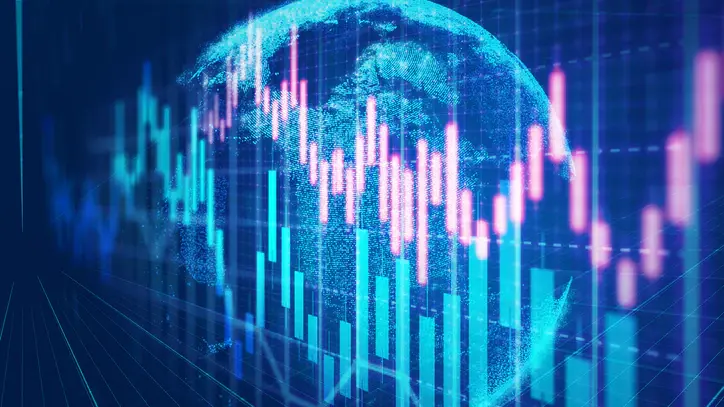Global Growth Outlook 2025-26: Headwinds from Trade Tensions & Policy Uncertainty
By Today International News
Published: October 10, 2025
Slower Growth Forecasts for 2025-26
Global economic growth is expected to slow in 2025-26, according to reports from the World Bank, United Nations, and other international institutions. Forecasts point to subdued GDP expansion across both developed and developing economies, driven by trade tensions, geopolitical risks, and policy uncertainty.
The World Bank predicts global growth of around 2.8% in 2025, down from 3.1% in 2024, while the UN’s analysis highlights heightened volatility in commodity prices, supply chain disruptions, and uneven recovery patterns across regions.
Trade Tensions and Policy Uncertainty
Ongoing trade disputes between major economies are weighing on investment and cross-border commerce. Tariff conflicts, export restrictions, and regulatory divergences are slowing the flow of goods and services, particularly in technology, energy, and agriculture sectors.
Policy uncertainty—including fluctuating interest rates, fiscal adjustments, and environmental regulations—further complicates investment decisions. Corporations are adopting a cautious approach, delaying expansion plans and moderating hiring, which in turn affects broader economic momentum.
Developing Economies Bear the Brunt
Developing nations are disproportionately affected by these headwinds. Limited fiscal space, dependency on commodity exports, and weaker financial systems leave them vulnerable to global shocks. Many countries are facing slower export growth, inflationary pressures, and challenges in securing affordable financing.
Emerging markets in Asia, Africa, and Latin America may struggle to achieve pre-pandemic growth levels, with some economies at risk of stagnation if trade tensions and financial volatility persist.
Sectoral Impacts and Investment Trends
Key sectors such as manufacturing, technology, and energy are sensitive to global policy shifts. Investors are increasingly focusing on risk mitigation, supply chain diversification, and technological resilience. Sustainable finance, green infrastructure, and digital transformation remain bright spots, offering opportunities for growth even amid broader uncertainty.
Analysts emphasize that economies investing in structural reforms, innovation, and workforce development are better positioned to weather the slowdown.
Conclusion: Navigating a Fragile Global Economy
The global growth outlook for 2025-26 underscores the interconnected risks of trade tensions, policy uncertainty, and structural vulnerabilities. While developed economies face slower expansion, developing countries are at higher risk of economic disruption.
Policymakers, businesses, and investors must adopt proactive strategies to manage these headwinds. Diversifying trade partnerships, strengthening domestic resilience, and investing in innovation and sustainability will be key to mitigating risks and sustaining long-term growth.

